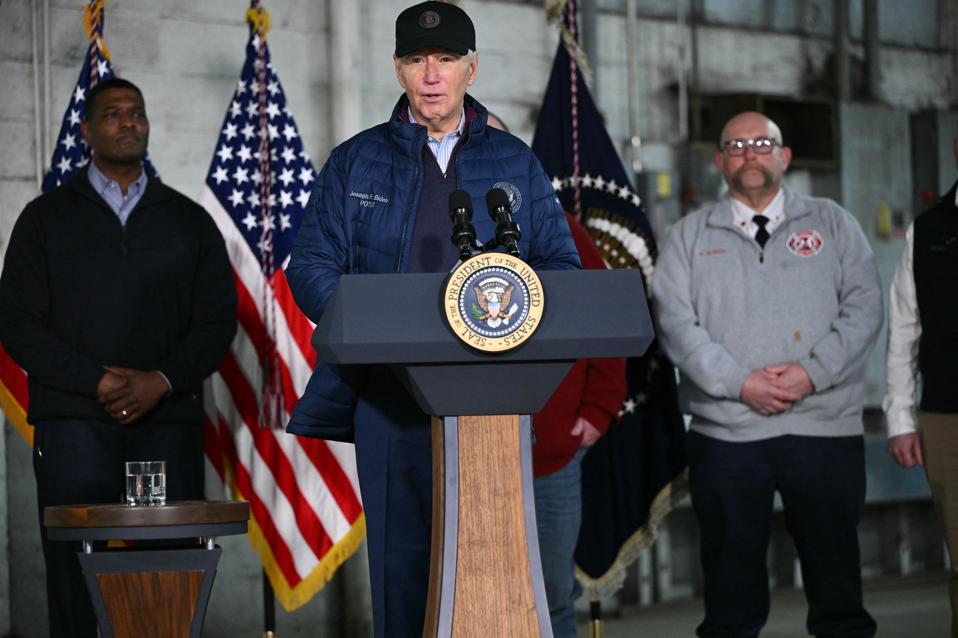President Joe Biden’s visit today to East Palestine, Ohio, site of the derailment last February of a Norfolk Southern freight train, provides an important lesson for corporate executives about whether, when and how to visit the site of crisis.
One best practice for responding to a crisis is to go where it happened and assure those affected that organizations are doing everything they can to address the situation.
When To Go
There are no hard and fast rules about how soon after a crisis that those visits should take place. Indeed, dependingl on the nature of the emergency, it might be weeks or longer before it is considered safe or appropriate to go.
“The President is making today’s visit [to East Palestine, Ohio] at the invitation of the mayor to see the progress delivered through our whole-of-government response and to reaffirm his commitment to supporting the community as it moves forward,” Karine Jean-Pierre, White House press secretary, told reporters today aboard Air Force One.
“I want to continue to hold Norfolk Southern accountable, make sure they make your community whole, now and in the future. And what they do not make whole, what they cannot make whole, what isn’t made [whole], the government will make whole. We have an obligation,” told local officials, according to CBS News.
No Win Situation?
Deciding when to visit the scene of a crisis can be a no-win proposition. Go too soon and executives might be criticized for trying to capitalize and exploit a tragedy. Go too late, and the unintended message may be that business leaders don’t care enough about what happened.
“Mr. Biden, who promised to visit soon after the disaster, has faced criticism from Republicans and some residents for not going sooner,” the New York Times reported.
“Biden has been under intense pressure to visit East Palestine since the Norfolk Southern train derailed on February 3, 2023,”according to CNN. “The White House said shortly after the train’s derailment that the president would find a time to visit, but that did not happen last year.
“Former President Donald Trump visited East Palestine about three weeks after the derailment on February 22, and Transportation Secretary Pete Buttigieg visited the next day,” the news organization recalled.
Trying To Make Things Right
The visit to crisis sites by officials can be opportunities to meet with those impacted by the crisis, or had a role in causing and addressing the situation.
Although Norfolk Southern officials have frequently visited the site since the derailment, there were no reports that they would meet with Biden while he is in Ohio.
“We’re regularly engaged with members of the Administration, along with state and local officials, on the clean-up and recovery, Thomas A. Crosson, senior director of strategic communications for Norfolk Southern, said via email.
“From the beginning, we promised to make it right in East Palestine, Crosson said in a statement. “With major site remediation completed and the investment of more than $104 million in the East Palestine community, we’re keeping our promises. We’ll continue to partner with elected officials, residents, and local leaders to keep making measurable progress, and on our shared focus to help East Palestine thrive for the long-term.”
Planning For The Aftermath
Corporate executives should give as much thought and consideration to what they will do and say after a crisis as they do to managing the situation in the first place.
The failure to do so could put companies and organizations in an unnecessarily defensive position, forcing them to justify why they waited too long to visit the scene—or why they went too soon.

